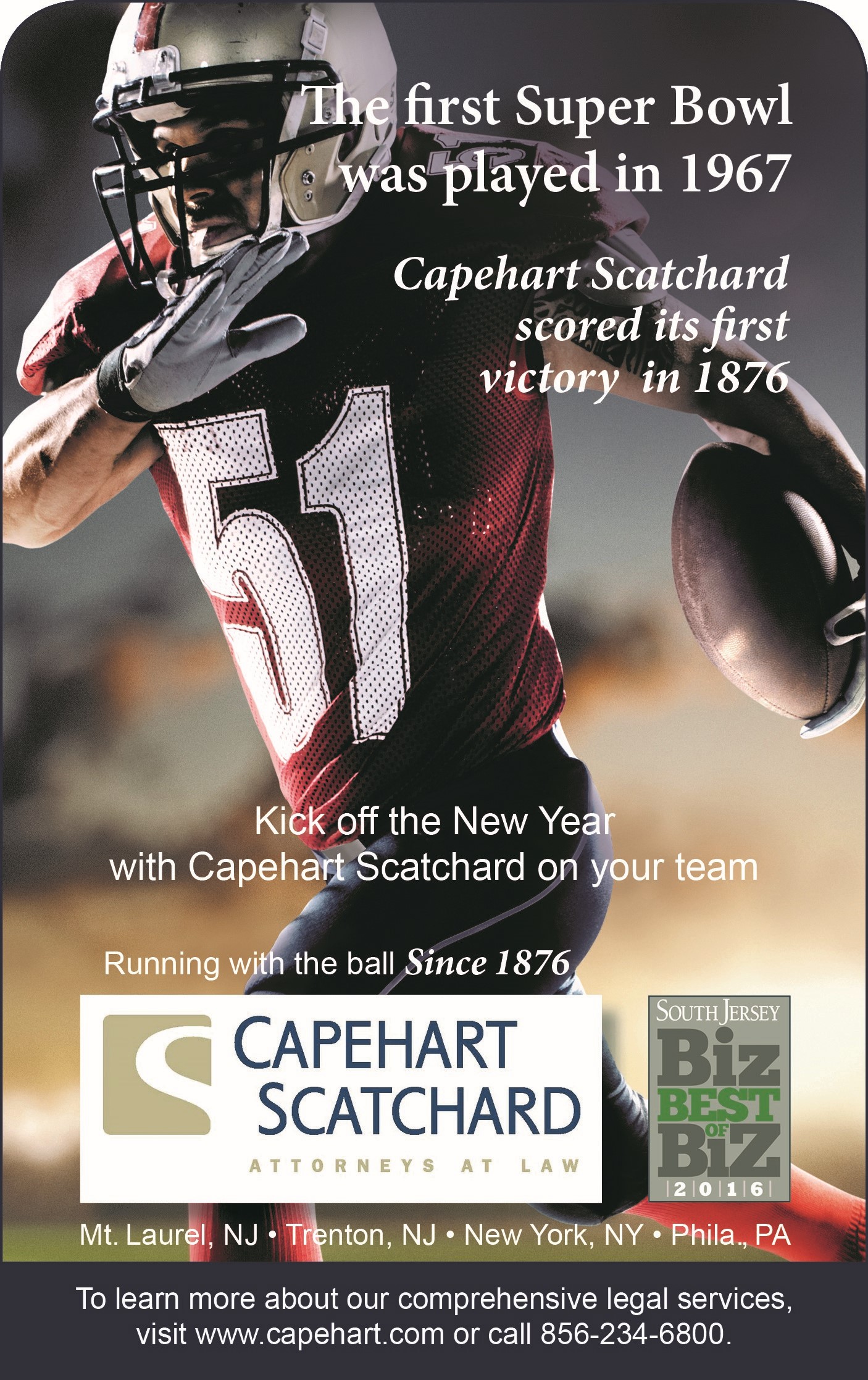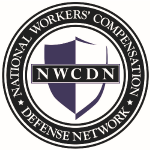Appellate Court Holds That Employee Failed to Prove That United Airlines Was Responsible for Injury to Worker’s Shoulder Related To Physical Therapy Performed On Her Work-Related Wrist Injury
What happens when an employee is treating for one injury and during the course of treatment he or she develops a brand new injury? There are precious few cases on this set of facts, and the latest decision in Robinson v. United Airlines is extremely important to practitioners in analyzing how to approach derivative injury cases. Prudence Higbee, partner with Capehart Scatchard, won the case for United Airlines at trial and on appeal.
Priscilla Robinson, a flight attendant, suffered a work-related wrist fracture, requiring her to perform physical therapy. She claimed that on the first day of PT, namely June 15, 2016, the physical therapist had her lift a bar approximately to eye level multiple times. She said she did not feel well and experienced shortness of breath and heart palpitations while in therapy. Petitioner admitted that she did not complain of shoulder pain at therapy, but when she got home she said she felt shoulder pain. She saw her family doctor the next day, who ordered an MRI on June 22, 2016, which showed a rotator cuff tear. Petitioner eventually filed a claim petition contending that physical therapy for her wrist caused or aggravated the rotator cuff tear in her shoulder.
Respondent produced testimony from the physical therapist. She contradicted the critical element of petitioner’s testimony about exercising with a bar. She brought her contemporaneous notes to court, which made clear that all petitioner did on June 15, 2016 was stretching exercises. She said that she makes entries in notes covering all activities, and no bar movement occurred. The notes also made clear that petitioner never complained of shoulder pain, although she did report heart palpitations and a feeling of weight on her chest. The therapist offered to call 9-1-1 and take petitioner’s vital signs, but petitioner declined. Petitioner did return two days later saying she had shoulder pain. The therapist modified activities, and petitioner did not complain of any pain that day.
Petitioner returned on June 20, 2016 and had no complaints at all. She did several exercises that day, including a push-pull cart, which simulated pushing a beverage cart for 200 feet. She did other exercises with her right hand only.
Petitioner relied on the testimony of Dr. Craig Rosen, a surgeon, who saw petitioner on January 11, 2018. He recommended arthroscopic surgery to repair the torn rotator cuff. He opined that it was hard to say whether the tear was old or new but he did not feel it was a “longstanding chronic tear.” He felt it was caused by a lifting movement of a bar or doing some kind of swimming motion that petitioner mentioned. Dr. Rosen was emphatic that petitioner reported lifting some type of bar and going through a swimming type of motion on day one. He said that this movement could have caused a tear.
Respondent produced Dr. Kenneth Levitsky, also an orthopedic surgeon, who said that the most likely mechanism of injury for a rotator cuff tear would be an extension or abduction stretch-type injury with the arm overhead. He said a very forceful twisting injury could also cause such a tear. He examined the list of exercises that the therapist recorded. Dr. Levitsky said none of these exercises would cause a rotator cuff tear because they were not forceful enough and did not fit the classic mechanism of injury. He said, “There’s no exercise here that demonstrates or would cause a significant twisting force on the shoulder with the arm in an unusual position.” He concluded that the tear was likely preexisting. He had no evidence of petitioner having a prior rotator cuff tear, but he did note that petitioner had some degenerative changes that preexisted her PT.
The Judge of Compensation considered all the evidence and found in favor of United Airlines. The Judge held that petitioner did not carry her burden of proof that her rotator cuff tear was caused or exacerbated by her physical therapy for the wrist. He credited the daily activity logs maintained by the physical therapist. The Judge also noted that petitioner did not tell her own family doctor that she had suffered a traumatic accident on June 15, 2016. Further, the Judge found Dr. Levitsky’s testimony to be more persuasive than that of Dr. Rosen.
On appeal petitioner contended that the Judge of Compensation should have shifted the burden of proof to respondent to show that petitioner’s accident was caused by a prior, personal condition. Counsel for petitioner argued that respondent’s defense was that this incident was idiopathic, and that the burden shifts on idiopathic claims to the defense. The Court said, “We disagree. In our view, petitioner confuses those cases in which an employee’s idiopathic condition causes a work accident or event that results in injury, with a work accident or event that aggravates a pre-existing condition or injury.”
The Appellate Division found that this was not a case in which respondent was contending that petitioner’s rotator cuff tear was preexisting and personal. All respondent was saying was that petitioner never proved a work accident. The Court said, “… the dispute focused on whether petitioner’s shoulder injury was occasioned or aggravated by her therapy, or whether it represented the progression of a pre-existing injury. Stated differently, the dispute was whether any event had occurred at work and caused or aggravated petitioner’s injury. Consequently, the burden of proof did not shift to the employer and the JOC did not err by finding petitioner did not sustain her burden.”
In affirming the denial of the petitioner’s claim for the shoulder, the Court made an important distinction. When an employer is aware of a prior medical condition and believes that a new injury derives entirely from a personal condition, this triggers the idiopathic defense. In such cases, it is the employer’s burden to prove the condition is from personal causes. On the other hand, when a worker is arguing that he or she suffered a work incident but there is no evidence of any preexisting condition, the burden of proof remains on the petitioner to establish that a work injury occurred. The problem petitioner had in this case is that her doctor felt that the mechanism of injury was raising a bar to eye level; but petitioner could not show that she performed such a maneuver on the day of the injury.
This case can be found at Robinson v. United Airlines, A-5917-17T2 (App. Div. September 18, 2019). The winning tactic in this case for United Airlines was bringing in the physical therapist to rebut the testimony of petitioner as to the mechanism of alleged injury. That testimony, more than any other factor, led to victory for the employer.








Connect with Capehart Scatchard